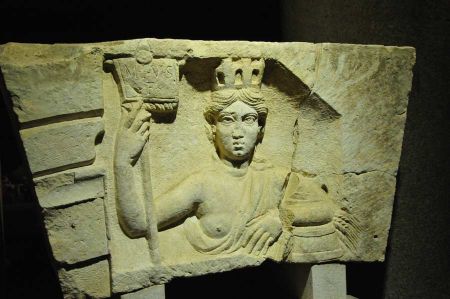Visit to the Split Archaeological Museum
- Written by Portal Editor
Already during our first, short visit to the ruined city of Salona, Robi mentioned the name of an archaeologist who was responsible for the excavations in Split, who we would meet several times during the further course of our stay: Frane Bulić.
Robi had also suggested the Archaeological Museum of Split as a further point of visit and lo and behold, there was extensive information here in addition to all the impressive artifacts about the priest, archaeologist and historical researcher Bulić, who was known far beyond the borders of Croatia.
Bulić Director of the k.k. Archaeological Museum in Split
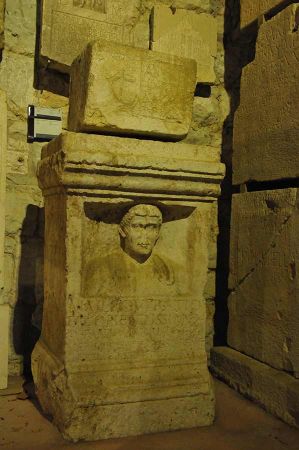 We see our thesis once again confirmed that the implementation of ideas and thoughts to promote local cultural assets ultimately always depends on the will, strength and endurance of individual people.
We see our thesis once again confirmed that the implementation of ideas and thoughts to promote local cultural assets ultimately always depends on the will, strength and endurance of individual people.
Frane Bulić comes from the Split suburb of Vranjic, where he was born in 1846. Bulić completed his first studies when he was ordained a priest in 1869, but immediately afterwards studied classical philology and archaeology at the University of Vienna. After various stops as a teacher in Split and Dubrovnik, Bulić returned to Vienna, studied ancient epigraphy and in 1880 became district curator of the Vienna k.k. Central Commission for Monument Preservation. Just three years later, Bulić was appointed director of the k.k. Archaeological Museum in Split. From this point on in 1884, he also headed the archaeological excavations in Salona and thus became an "authority" in many archaeological issues. Countless publications on the excavations in Salona, but also at Diocletian's Palace in Split, brought him fame as an important researcher, curator and writer.
First collections by Dominik Papalic and Marko Marulić
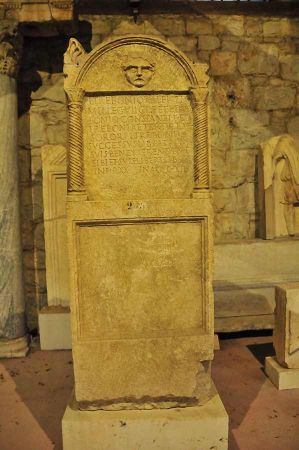 As early as the 16th century, the Split humanist Dominik Papalic, together with Marko Marulić, had assembled an extensive collection of ancient written and picture tablets in his private house, which came from the ruins of ancient Salona. This was the basis for a first archbishop's museum in Split, which opened in 1750. 70 years later, by decree of the government of the Kingdom of Dalmatia, the oldest museum in Croatia was founded, based on the first collections of Dominik Papalic and Marko Marulić. The location was a building near Diocletian's Palace, but it soon became too small for the many exhibits. In 1820 there were 150,000 exhibits from prehistoric, ancient and medieval history.
As early as the 16th century, the Split humanist Dominik Papalic, together with Marko Marulić, had assembled an extensive collection of ancient written and picture tablets in his private house, which came from the ruins of ancient Salona. This was the basis for a first archbishop's museum in Split, which opened in 1750. 70 years later, by decree of the government of the Kingdom of Dalmatia, the oldest museum in Croatia was founded, based on the first collections of Dominik Papalic and Marko Marulić. The location was a building near Diocletian's Palace, but it soon became too small for the many exhibits. In 1820 there were 150,000 exhibits from prehistoric, ancient and medieval history.
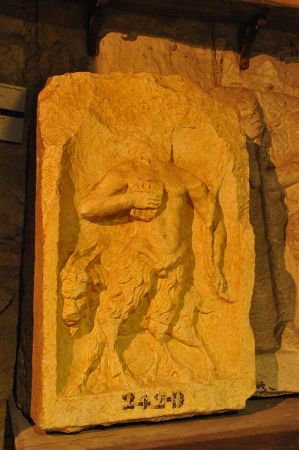 Frane Bulić founded the first archaeological society in 1894 with the aim of building a larger museum, which he was able to implement between 1912 and 1914 in the Neo-Romantic style. The museum complex consists of a two-story main building and a large garden forecourt, which is completely enclosed by arcades. The arcades house countless artifacts from Salona and Split, a visit is almost a must for all travellers interested in cultural history!
Frane Bulić founded the first archaeological society in 1894 with the aim of building a larger museum, which he was able to implement between 1912 and 1914 in the Neo-Romantic style. The museum complex consists of a two-story main building and a large garden forecourt, which is completely enclosed by arcades. The arcades house countless artifacts from Salona and Split, a visit is almost a must for all travellers interested in cultural history!
Excavation work is still carried out regularly today under the direction of the museum in Issa, Narona and Salona.
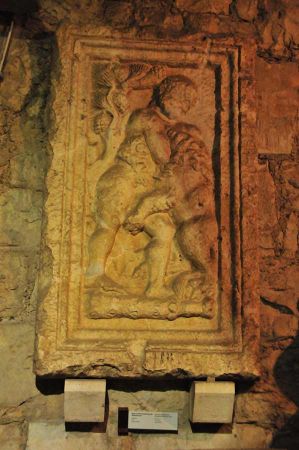 In this context, it should already be pointed out that a concept for entry into archaeologically accompanied excavation tourism in cooperation with museums, the state cultural office and local organizers is being planned as a holistic goal to continue excavations and promote local tourism while integrating existing resources. An extremely interesting concept that, with archaeological researchers' coffers empty, may be an idea for other places. We will continue with our reports.
In this context, it should already be pointed out that a concept for entry into archaeologically accompanied excavation tourism in cooperation with museums, the state cultural office and local organizers is being planned as a holistic goal to continue excavations and promote local tourism while integrating existing resources. An extremely interesting concept that, with archaeological researchers' coffers empty, may be an idea for other places. We will continue with our reports.
Please read as well:
Diocletian's Palace in Asphalatos, then Spalato and today Split
Salona - capital of the Roman province of Dalmatia
https://www.alaturka.info/en/croatia/split/6344-visit-to-the-split-archaeological-museum#sigProIdefe609dd48
